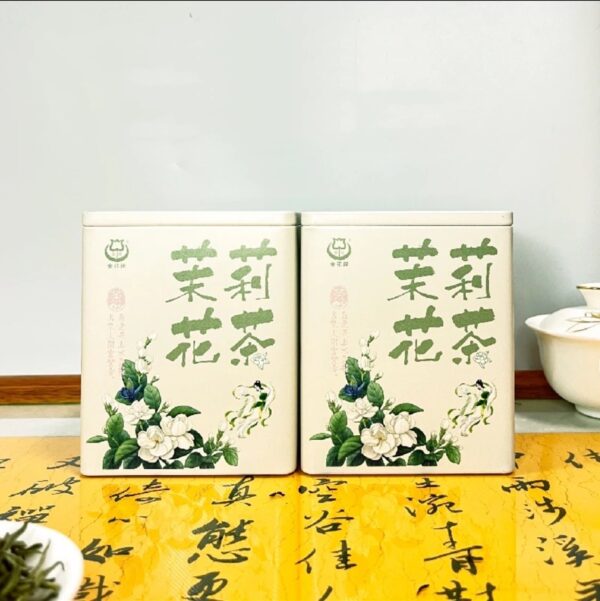
# Jasmine Tea: A Fragrant Journey Through Flavor and Tradition
## The Allure of Jasmine Tea
For centuries, jasmine tea has captivated tea enthusiasts with its delicate floral aroma and smooth, soothing taste. This fragrant infusion represents more than just a beverage—it’s a cultural tradition that has been perfected over generations.
## Origins and History
The art of scenting tea with jasmine flowers originated in China’s Fujian province during the Song Dynasty (960-1279 AD). Buddhist monks were among the first to appreciate the calming properties of jasmine-scented tea, using it during meditation practices.
By the Ming Dynasty (1368-1644), jasmine tea had become a favorite of the imperial court. The intricate process of scenting tea leaves with fresh jasmine blossoms was considered a highly specialized craft, with techniques closely guarded by master tea makers.
## The Production Process
Creating authentic jasmine tea requires patience and precision. The traditional method involves several key steps:
– Tea leaf selection: High-quality green tea leaves (typically from Fujian province) serve as the base
– Jasmine harvesting: Flowers are picked at dusk when their fragrance is most potent
– Layering: Tea leaves and jasmine blossoms are layered together in alternating sheets
– Scenting: The mixture is left to absorb the floral essence for several hours
– Drying: After scenting, the jasmine flowers are carefully removed
This process may be repeated multiple times over several days to achieve the desired intensity of flavor.
## Health Benefits
Beyond its delightful taste, jasmine tea offers numerous health advantages:
– Rich in antioxidants that may help combat free radicals
– Contains L-theanine, which promotes relaxation without drowsiness
– May support heart health and improve circulation
– Potential metabolism-boosting properties
– Natural stress reliever due to its calming aroma
## Brewing the Perfect Cup
Keyword: jasmine tea
To fully appreciate jasmine tea’s complex flavors:
1. Use fresh, filtered water heated to 175-185°F (80-85°C)
2. Steep for 2-3 minutes (longer for stronger flavor)
3. Enjoy plain or with a touch of honey
4. Re-steep leaves 2-3 times to discover evolving flavor profiles
## Cultural Significance
In Chinese culture, jasmine tea symbolizes purity, elegance, and hospitality. It’s often served to honored guests and during special occasions. The tea’s association with harmony and balance makes it a staple in traditional Chinese medicine and meditation practices.
## Modern Variations
While traditional jasmine green tea remains popular, contemporary versions include:
– Jasmine pearl tea (hand-rolled leaves)
– Jasmine white tea blends
– Jasmine oolong combinations
– Jasmine-scented black teas
– Cold brew jasmine tea options
## A Timeless Tradition
Jasmine tea continues to enchant new generations of tea drinkers worldwide. Its perfect balance of floral sweetness and tea’s natural earthiness creates a sensory experience that transcends cultures and time. Whether enjoyed as a morning ritual or an evening unwind, jasmine tea offers a fragrant journey through history in every sip.
